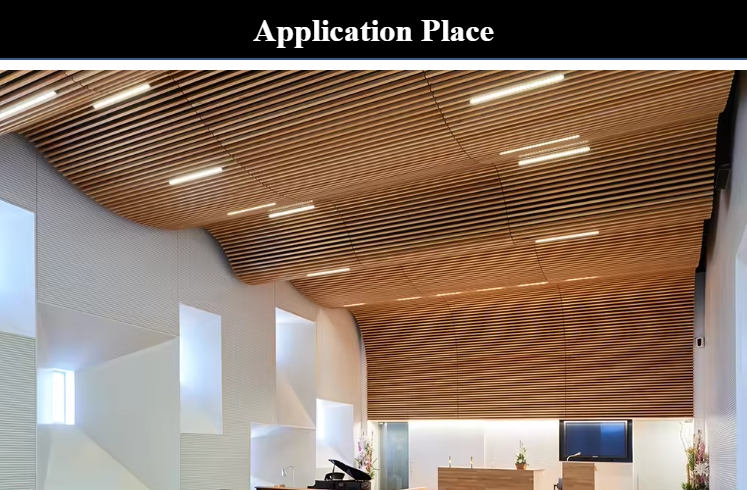Building Acoustic Panels A Comprehensive Guide
In today's world, where noise pollution is a growing concern, acoustic panels have emerged as an essential solution for both residential and commercial spaces. Designed to absorb sound, these panels help to improve acoustics by reducing unwanted noise, reverberation, and echoes. This is particularly valuable in places such as recording studios, theaters, conference rooms, and even homes. Building your own acoustic panels can be a cost-effective way to enhance your space's sound quality while also allowing for customization to fit your aesthetic preferences and functional needs.
Understanding Acoustic Panels
Acoustic panels are generally made from sound-absorbing materials that can significantly improve the acoustic properties of a room. They work by converting sound energy into a small amount of heat, thereby reducing the overall sound levels. Common materials used in acoustic panels include foam, fiberglass, and fabric-wrapped insulation, each offering different levels of sound absorption.
When considering the soundproofing capabilities of a space, it’s important to recognize that acoustic panels primarily focus on sound absorption rather than soundproofing. While they reduce echoes and enhance clarity, they do not completely block sound from entering or leaving a space. Therefore, it's often necessary to combine acoustic panels with other soundproofing measures, such as sealing gaps or using heavier curtains.
Planning Your Acoustic Panels
Before you embark on building acoustic panels, it’s crucial to plan effectively. Start by measuring the dimensions of the room and identifying areas where sound reflections are most problematic. Listening tests can help in locating these hot spots, typically found at points where sound waves converge, such as corners and flat surfaces.
Once you have identified the areas, decide on the dimensions and thickness of your panels. Thicker panels (around 2 to 4 inches) generally provide better sound absorption, especially for lower frequencies. However, consider the space available, as larger panels may not be suited for smaller rooms.
Materials and Tools Required
building acoustic panels

To build your acoustic panels, you will need the following materials
1. Core Material Foam, fiberglass, or mineral wool are popular options. 2. Frame Material Plywood or MDF boards can work well to create a sturdy frame. 3. Fabric Choose acoustically transparent fabric that complements your room's decor. 4. Adhesive Construction adhesive or wood glue to secure the materials. 5. Staple Gun For attaching fabric to the frame. 6. Acoustic Sealant To seal edges and improve sound absorption.
In terms of tools, a saw, measuring tape, and a level will help you create clean cuts and ensure that your panels are level when installed.
Building the Panels
1. Cut the Frame Start by cutting the plywood or MDF to the desired size. Ensure that the pieces fit together snugly. 2. Insert Core Material Cut your acoustic core material to fit within the frame. Secure it with adhesive or staples. 3. Cover with Fabric Lay the fabric flat and place the frame with the core material on it. Pull the fabric tightly around the edges and secure it with a staple gun. 4. Seal Edges Use acoustic sealant to seal the edges and improve the panels' performance.
Installation
Finally, the installation process involves positioning the panels strategically around the room. A good rule of thumb is to place panels at ear level when seated, particularly on walls facing sound sources. Don’t forget to cover corners with bass traps, which are a type of acoustic panel designed to manage low-frequency sounds.
Conclusion
Building your own acoustic panels can be a rewarding DIY project, enhancing both the functionality and aesthetics of your space. With the right materials and techniques, you can create an environment that not only looks good but also sounds great. Whether for a professional setting or a cozy home audio space, acoustic panels are a wise investment in achieving optimal sound quality.
